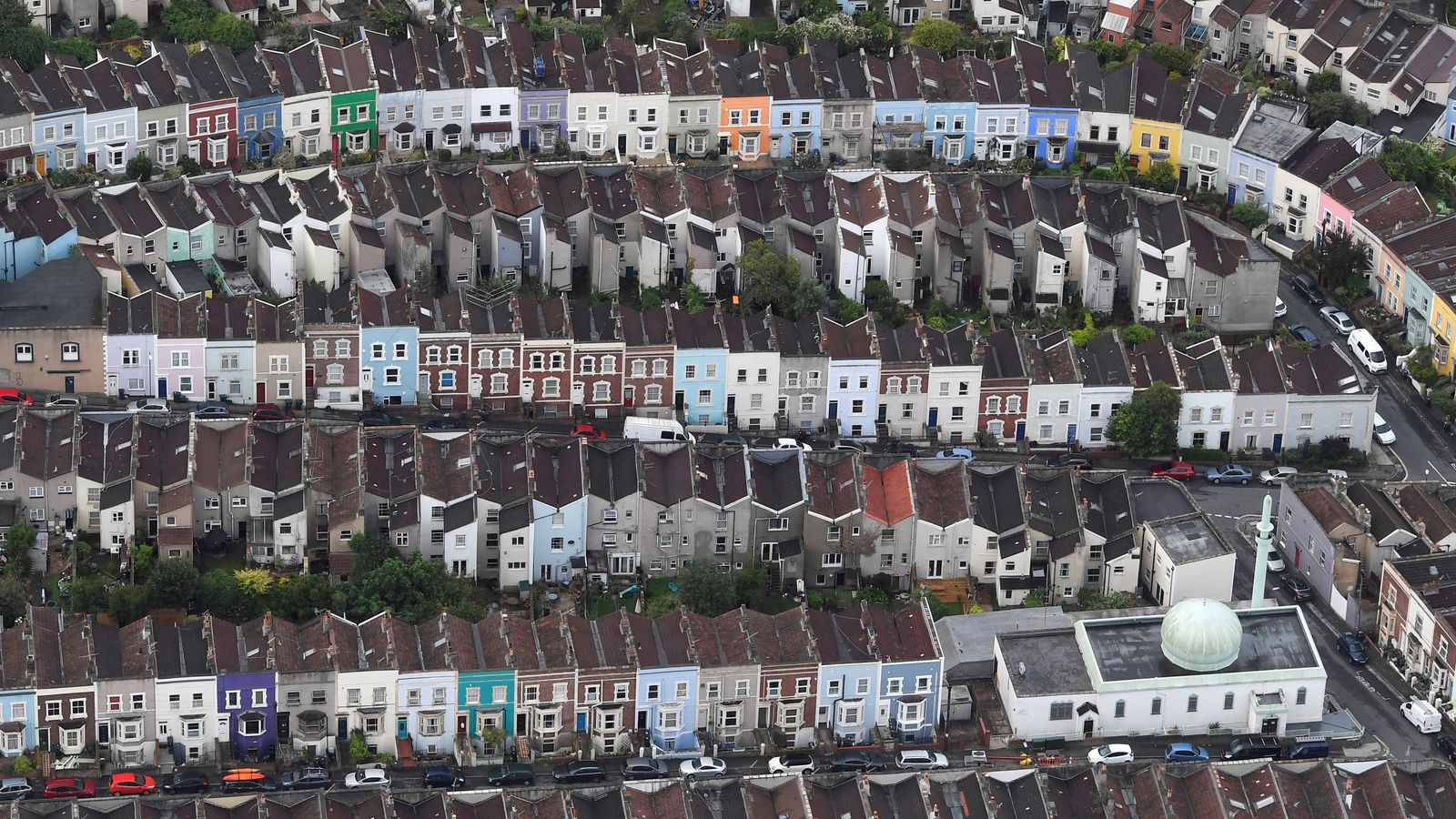UK house prices dropped at the fastest rate since the financial crash in 2008, according to Halifax’s house price index.
Prices fell 2.3% from October to November this year, the biggest monthly drop since October 2008, the UK’s largest mortgage lender said.
A typical UK property is now nearly £7,000 cheaper as the average cost of a house dipped from £292,406 to £285,579.
As a result of this monthly drop, annual house price growth slowed down from 8.2% in October to 4.7% in November.
The lingering economic impact of September’s mini-budget continued to impact buying behaviour.
“Some potential home moves have been paused as homebuyers feel increased pressure on affordability and industry data continues to suggest that many buyers and sellers are taking stock while the market continues to stabilise,” said Kim Kinnaird, director of Halifax mortgages.
Market turmoil following Kwasi Kwarteng‘s announcement of billions of pounds of debt-funded tax cuts and bumper spending, caused interest rates to rise, which made the cost of mortgages more expensive.
House prices: Mini-budget ‘turmoil’ behind first monthly fall for 15 months
High rents and longer tenancies boost Foxtons revenues
UK house price growth holds steady – but warning of sharp fall ahead
While a slowdown was expected, “given the known economic headwinds, and following such extensive house price inflation over the last few years” this latest announcement reflects the “worst of the market volatility over recent months”, said Halifax managing director, Russell Galley.
When considering the recent price drop, the property cost increase should also be borne in mind, Ms Kinnaird said. In the last few years, “we witnessed some of the biggest house price increases the market has ever seen”, she said.
The market may be normalising, she added, as prices are £46,403 more expensive than the pre-pandemic time of March 2020 and £12,000 up on last year.
“The market may now be going through a process of normalisation. While some important factors like the limited supply of properties for sale will remain, the trajectory of mortgage rates, the robustness of household finances in the face of the rising cost of living, and how the economy – and more specifically the labour market – performs will be key in determining house prices changes in 2023.”
The only region where growth did not slow in November was the northeast of England. There the annual growth rose slightly to 10.5%, up from 10.4%. It’s also now the only area of the UK with annual house price inflation in double figures, with an average property price of £173,587.






















